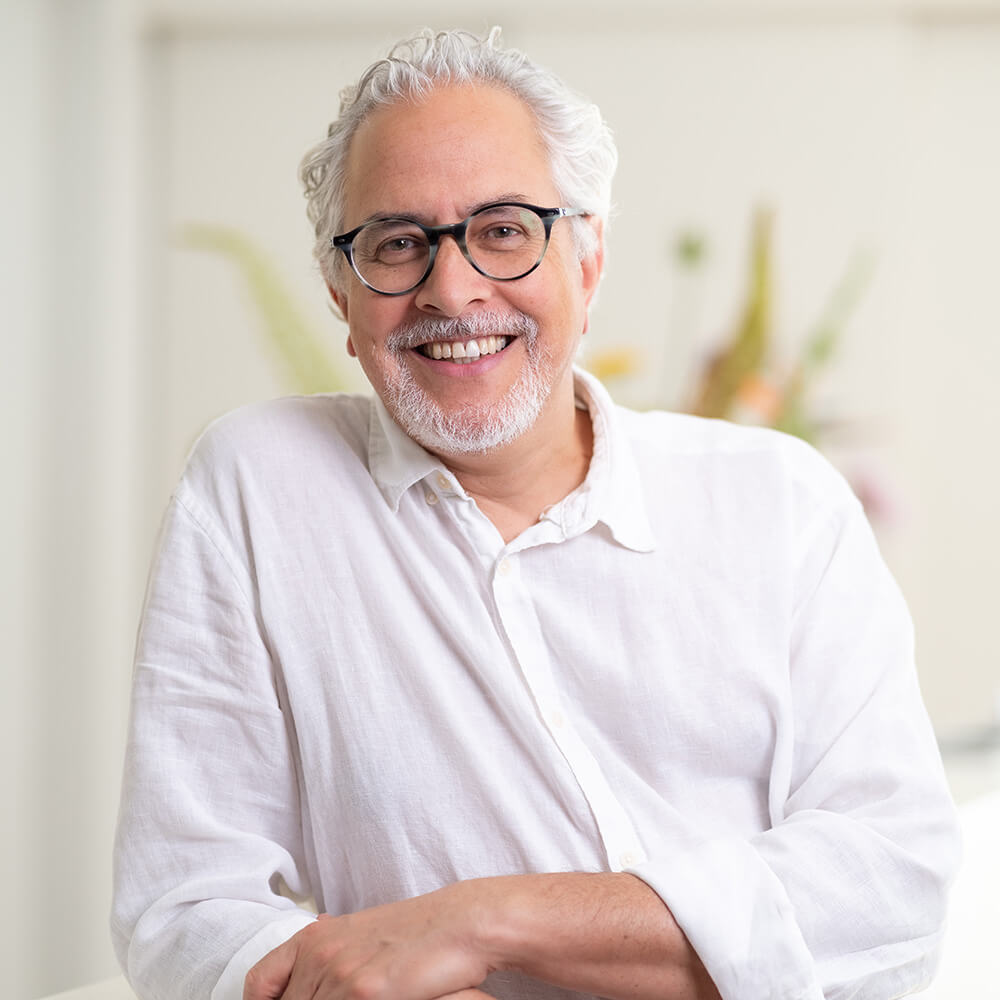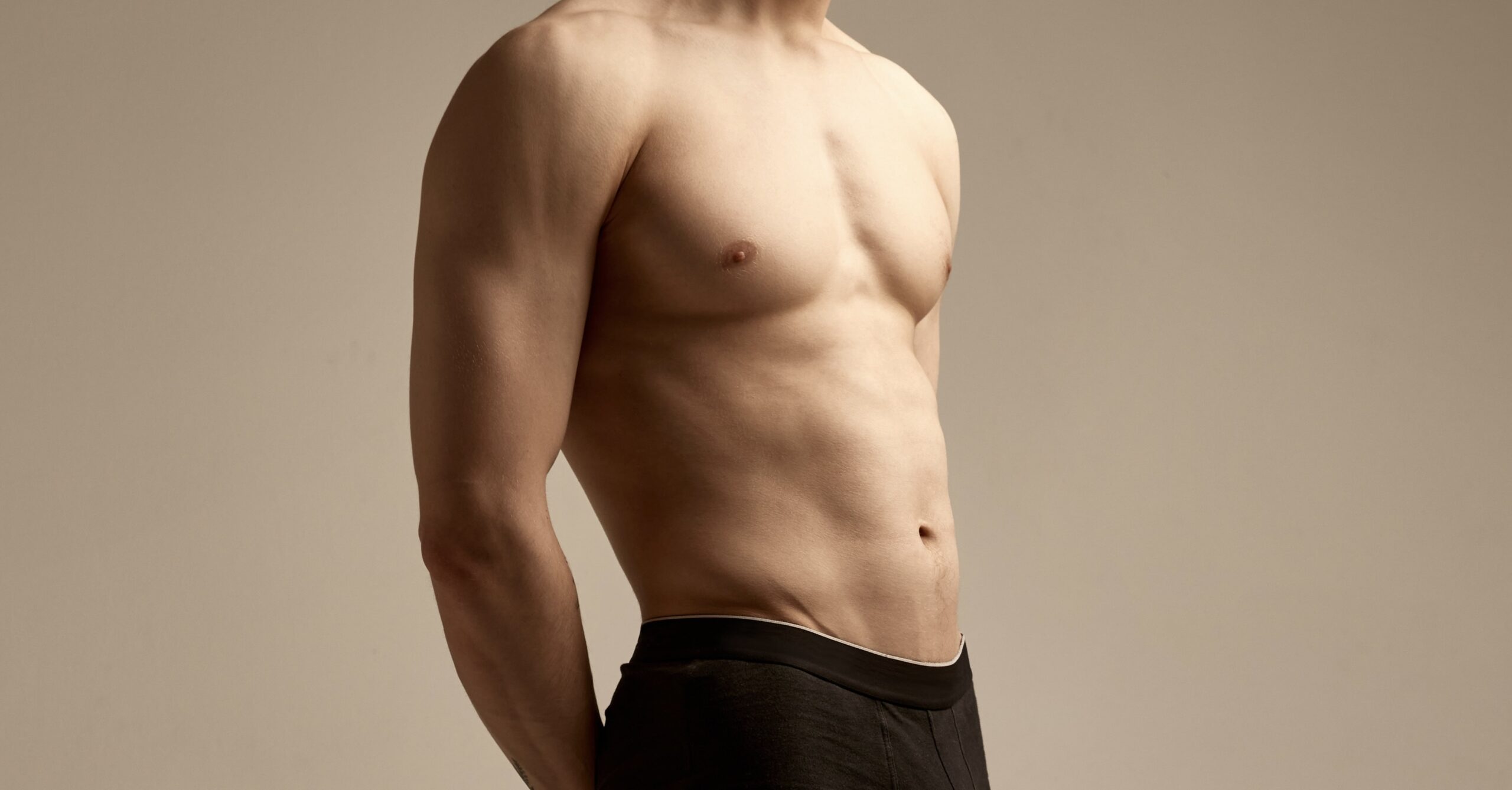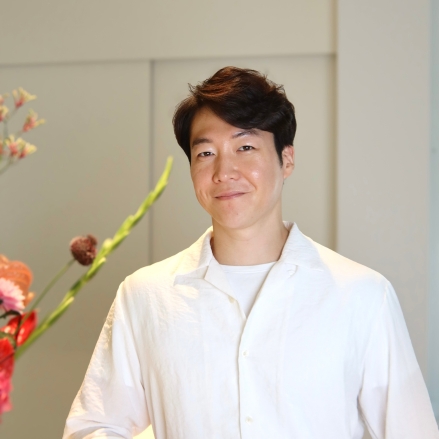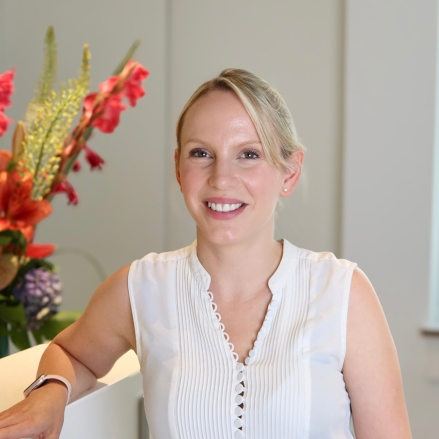Your team of experts
Facts on Gynaecomastia
| Treatment methods | Liposuction and removal of glands with no visible scarring | /wp-content/uploads/2025/10/medical.svg |
| Treatment duration | 1,5-2 hours | /wp-content/uploads/2025/09/time-1.svg |
| Anaesthesia | Local anaesthetic, with sedation if required | /wp-content/uploads/2025/09/syringe.svg |
| Post-treatment | Supporting garment, bandages, check-ups after 14 days, 3 months, 1 year | /wp-content/uploads/2025/09/stethoscope-medical-tool.svg |
| Removal of sutures | Absorbable sutures used | /wp-content/uploads/2025/10/medical.svg |
| Presentable | Next day | /wp-content/uploads/2025/09/meeting.svg |
| Costs | From 4,000 € plus anaesthetic, clinic and accommodation costs | /wp-content/uploads/2025/10/coin-stack.svg |
Gynaecomastia
Gynaecomastia can have many causes, and the men affected often suffer terribly as a result of their enlarged breast. Sport and a healthy diet alone are often not enough to regain an attractive, masculine chest area. Those affected often feel ill at ease in summer or in tight-fitting tops, and restrict their social life considerably as a result. If gynaecomastia poses more than simply a visual burden, it’s important to find a lasting treatment for the problem area. At Central Aesthetics, we carry out gynaecomastia surgeries in a specially designed, low-scarring procedure so that those affected can regain a general sense of well-being without worrying about visible reminders.
Frequently asked questions on Gynaecomastia
When can gynaecomastia treatment be carried out?
Gynaecomastia should only be treated by operative means in adult patients as the body undergoes various hormonal changes during puberty. For younger men suffering from gynaecomastia, the first port of call should be to consult a specialist doctor for internal medicine. If a hormonal cause can be identified, it might be possible to treat the gynaecomastia with medication.
What exactly is gynaecomastia?
The term gynaecomastia denotes an enlargement of the male breast. Similar to women’s breasts, male breasts are made up of a combination of glands and fat tissue. Gynaecomastia can have various causes and also presents in different forms.
What types of gynaecomastia are there?
While some men are naturally predisposed to developing gynaecomastia, a hormone imbalance can also cause male breasts to become enlarged. In the first instance, it’s worth consulting a specialist endocrinologist (i.e. a doctor specialising in the body’s hormonal balance) who will be able to diagnose and then treat this. Gynaecomastia can also be caused by an excess of fat tissue or the consumption of certain medications, such as anabolic substances or steroids. The enlarged male breasts generally remain even after the patient stops taking such medication.
What does gynaecomastia treatment involve?
First of all, we determine the cause of the gynaecomastia in an in-depth consultation meeting and an initial examination. From there, we can develop a treatment plan together with the patient.
We carry out the operation ourselves on an outpatient basis under local anaesthetic – although, if the patient prefers, we can also combine this with twilight anaesthesia. The surgery itself is composed of two treatment stages. Fat is extracted from the breast by making as few incisions as possible to reduce the fat tissue in the breasts. The gland is then removed via the areola, which leaves behind no visible scars. Alternatively, the gland can also be removed via an incision at the lower edge of the areola. However, while this method is somewhat faster, it does result in scarring to the areola.
Who might be a suitable candidate for a gynaecomastia operation?
The gynaecomastia operation is suitable for men who suffer from enlarged breasts. Depending on the individual patient’s wishes, we can treat both minor and significant breast enlargement.
When can a patient get back to everyday life after the operation?
Following an operation to treat gynaecomastia, you will be ready to appear in public again the next day. Though patients may experience some muscle soreness or a feeling of tightness, they are by no means confined to bed rest.
They can resume sporting activities like cycling after about 2 weeks – though more strenuous exercise that strains the chest muscles more should be avoided for at least 4 weeks. After about 6 weeks, the patient can resume all their normal sporting activities.
What kind of aftercare is there following a gynaecomastia operation?
After the procedure, the patient is bandaged and a compressive support applied. After a brief rest period, they’re allowed to leave the practice and can even shower again the same day. After 2 weeks, the patient can resume light exercise, but must wait around 4–6 weeks before taking more strenuous sporting activities up again. The sutures don’t need to be removed as they dissolve of their own accord in time.
Are there visible scars after gynaecomastia treatment?
That depends on the treatment method selected. If an incision is made through the areola, no scarring will be visible over time. However, if the doctor elects to make an incision at the lower edge of the areola, a small scar will likely be visible following the treatment.
Is an operation always necessary to treat gynaecomastia?
An operation will be required to treat gynaecomastia if a gland is severely enlarged. The surrounding fat tissue can be reduced through appropriate nutritional changes and sufficient exercise – though this tissue is often rather hard to shift. If the gynaecomastia can be traced to a hormone imbalance, therapy with medication may be prescribed instead.
What are the risks in a gynaecomastia operation?
Gynaecomastia operations only result in complications in very rare cases. Standard operative risks apply, such as infections, inflammations and secondary haemorrhages. If parts of the gland remain in the breast after the operation and become problematic, a simple follow-up treatment can remove these.
Start your journey with us here

Reviewed by Dr. Robin Deb
Dr. Deb is a specialist in plastic and aesthetic surgery and founder of Central Aesthetics. Thanks to his many years of expertise, the specialist has extensive medical knowledge. The information presented on this page has been personally reviewed by Dr. Deb and is based on the highest medical standards in plastic and aesthetic surgery.
Pay for treatment in installments?
Central Aesthetics
by Dr. Deb
Opening hours
| Monday | 9:00 a.m. – 6:00 p.m. |
| Tuesday | 9:00 a.m. – 6:00 p.m. |
| Wednesday | 9:00 a.m. – 6:00 p.m. |
| Thursday | 9:00 a.m. – 6:00 p.m. |
| Friday | 9:00 a.m. – 6:00 p.m. |
and by appointment
You are currently viewing a placeholder content from Default. To access the actual content, click the button below. Please note that doing so will share data with third-party providers.



